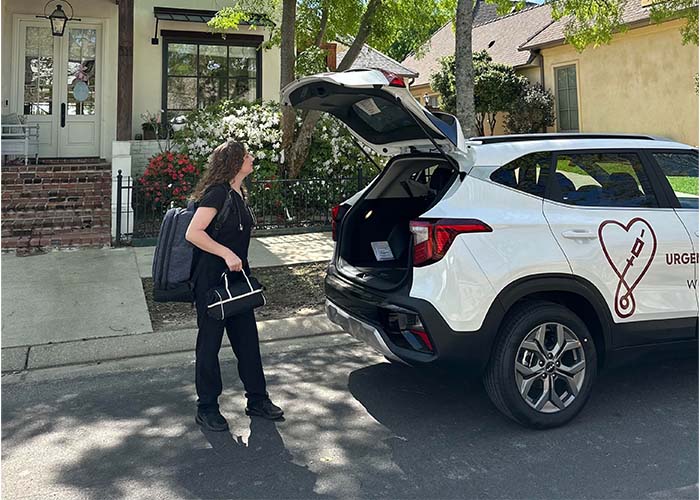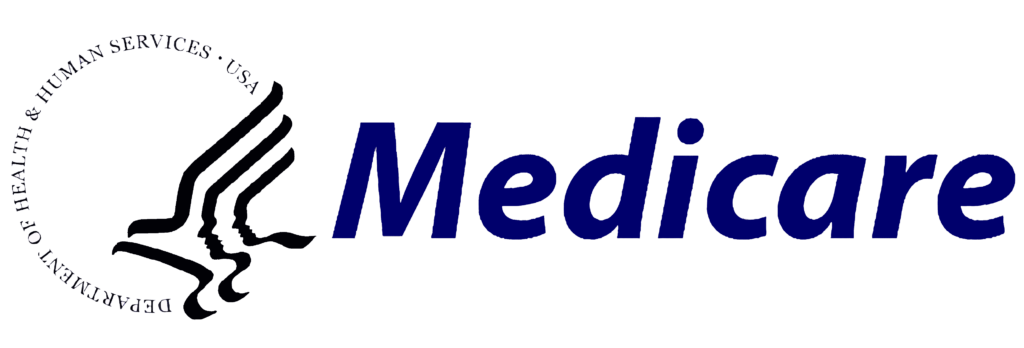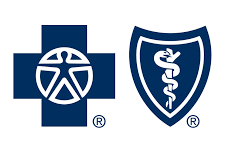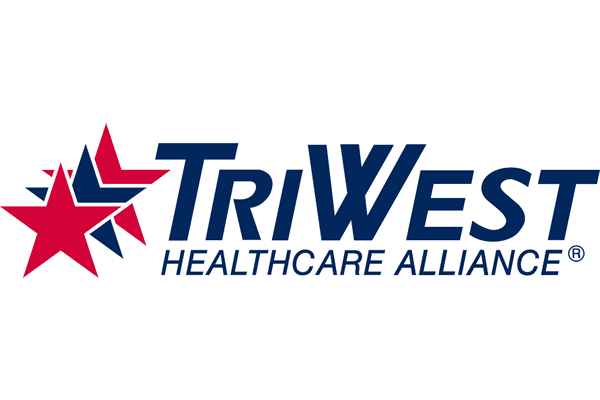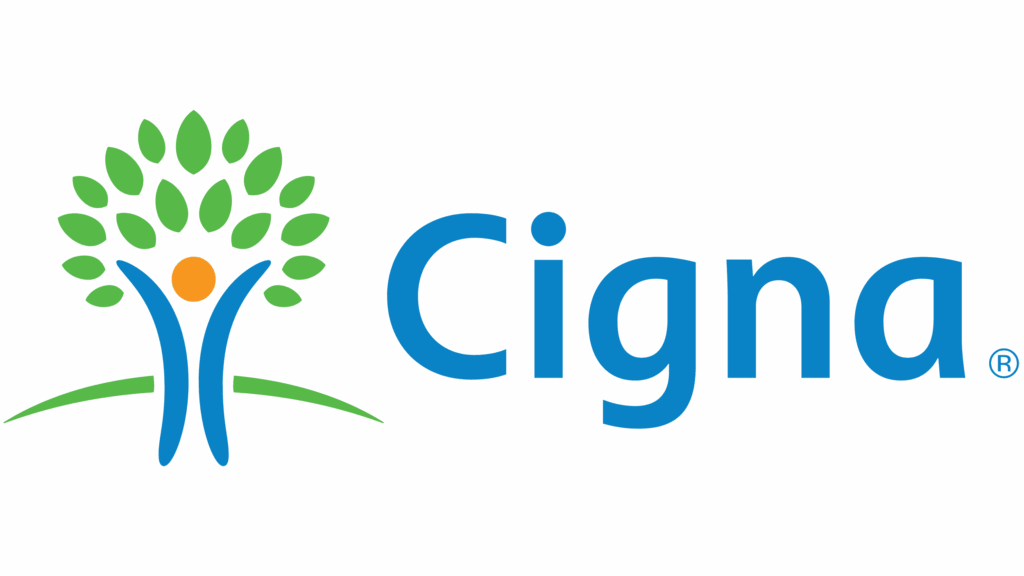Arm, Leg and Hip Injuries
- Skip The Waiting Room
- No Exposure To Other Sick Patients
- No Patient Travel Is Required

Arm, Leg, and Hip Injuries: Your Urgent Care Guide
Accidents happen; when they do, it’s crucial to know the right steps to take for a swift recovery. Whether you’ve experienced a sports-related injury, a fall, or a simple misstep, this guide is here to help you navigate the world of arm, leg, and hip injuries.
Immediate Pain Relief
After an injury, pain is often the first and most pressing concern. Here are some tips for safe and effective pain relief:
- Over-the-counter pain relievers: Nonsteroidal anti-inflammatory drugs (NSAIDs) like ibuprofen or naproxen can help reduce pain and swelling. Follow dosage instructions carefully.
- Ice therapy: Applying ice packs for 15-20 minutes at a time, several times a day, can help numb the area and reduce inflammation.
- Elevation: Raising the injured limb above heart level can help minimize swelling.
- Rest: Avoid putting weight or strain on the injured area to allow it to heal.
Splinting: Tips for Success
Splints are often used to immobilize an injured limb and promote healing. Here’s how to get the most out of a splint:
- Proper fit: Ensure the splint is snug but not too tight. You should be able to slip a finger between the splint and your skin.
- Keep it dry: Protect the splint from moisture to prevent skin irritation.
- Follow instructions: Your healthcare provider will give you specific instructions on how long to wear the splint and when to remove it.
- Watch for complications: If you experience numbness, tingling, increased pain, or changes in skin color, contact your healthcare provider immediately.
When to Seek Medical Attention
While many minor injuries can be managed at home, some situations require professional medical care. Seek medical attention immediately if you experience:
- Severe pain: Pain that is unbearable or does not improve with over-the-counter medication.
- Open wounds or bleeding: Any break in the skin that may indicate a fracture or deeper injury.
- Deformity: Any unusual bending, twisting, or shortening of the limb.
- Inability to move the limb: Difficulty moving the injured area or bearing weight on it.
- Numbness or tingling: Any loss of sensation in the affected area.
Don’t Wait, Get the Care You Need
If you’re unsure whether your injury requires medical attention, it’s always better to err on the side of caution. Urgent Care on the Go is here to provide prompt, expert care for all your urgent medical needs.
Call us today at 888-381-4904 or visit our website to learn more about our services. We’re here to help you get back on your feet!

